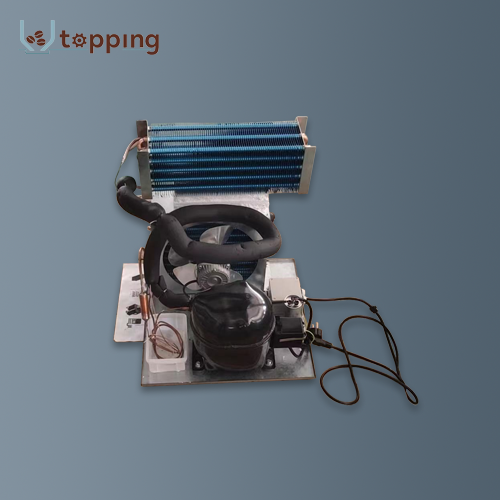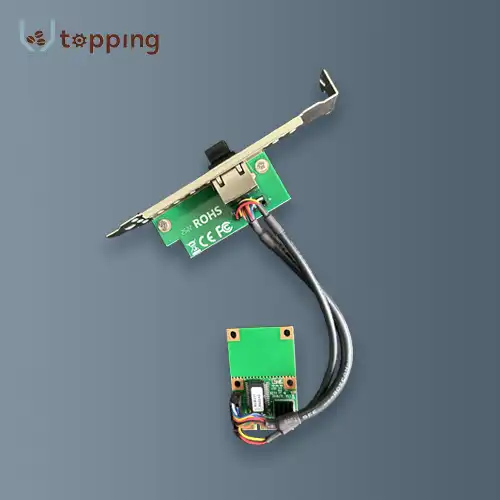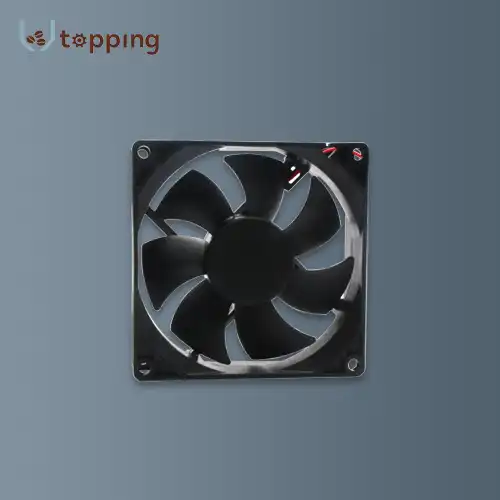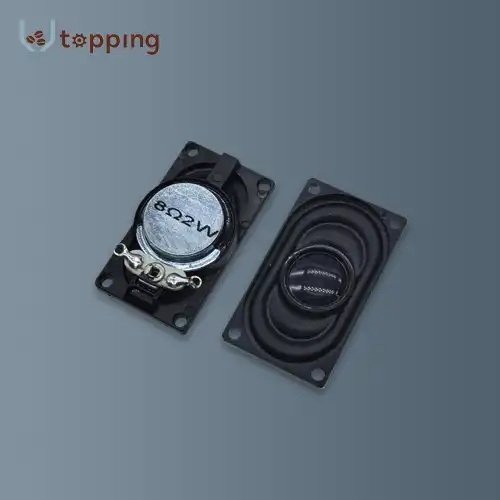What is a Vending Coffee Machine Water Tank?
2024-10-10 09:02:24
A vending coffee machine water tank is a crucial component of any coffee vending system. The essential store in coffee machines plays a significant part in the coffee-making handle, serving as the central center for water capacity and supply. This component is significant since it straightforwardly impacts the quality and consistency of brewed coffee. By putting away water inside the machine, the store guarantees that there is continuously a prepared supply for brewing. This is basic for keeping up a consistent workflow in both domestic and commercial settings. In quintessence, the store is not fair a holder but a basic component that underscores the complexity and usefulness of coffee machines. Understanding its part enables both administrators and clients to optimize their coffee encounters, guaranteeing each glass brewed meets tall measures of taste and fulfillment.
Definition And Overview
A vending machine's water tank is essentially a container that holds the water used to brew coffee. It's typically located at the back or side of the machine and can vary in size depending on the machine's capacity and intended use. The water tank's primary function is to store clean water and feed it into the brewing system when a user selects a drink.
The vending coffee machine water tank usually consists of a plastic or stainless steel container with an inlet for filling, an outlet connected to the machine's internal plumbing, and often a sensor to detect water levels. Some advanced models may also incorporate filtration systems or temperature control mechanisms to ensure optimal water quality for brewing.
The water tank in a distributing machine serves as a principal component for coffee planning, working as a supply to store water until it is required for brewing. Regularly situated inside the machine, it is planned with viable highlights such as a filling gulf for simple recharging, an outlet that interfaces to the inside plumbing for water dispersion, and regularly incorporates sensors to screen water levels. These components guarantee consistent operation by giving a steady supply of water to the brewing framework upon client choice. Progressed models may coordinate extra functionalities like filtration frameworks to upgrade water immaculateness or temperature controls to optimize brewing conditions, in this manner contributing to the by and large quality and unwavering quality of the coffee distributing involvement.

Water Tank Types
Vending coffee machines come with different types of water tanks, each with its advantages and considerations:
Removable water tanks are popular in many models. These can be easily detached from the machine for refilling or cleaning. They offer convenience for maintenance but may have limited capacity compared to other types.
The vending coffee machine water tank is permanently installed within the machine. While they can't be removed for cleaning, they often have larger capacities, making them suitable for high-volume locations. These tanks are typically refilled through a designated inlet or may be connected directly to a water line.
Built-in water tanks with filtration systems are becoming increasingly common. These tanks not only store water but also purify it before use. They often use activated carbon filters or reverse osmosis systems to remove impurities, ensuring better-tasting coffee and potentially reducing maintenance needs by preventing mineral buildup in the machine.
Water Tank Capacity
The capacity of a vending coffee machine's water tank is a critical factor in its operation. Tank sizes can range from a few liters for small office machines to over 20 liters for high-capacity vending units. The right capacity depends on several factors, including the expected usage volume, the frequency of refills, and the available space for the machine.
For low-traffic areas or small offices, a machine with a 2-5 liter tank might suffice. However, for busy locations like airports or large offices, a larger tank of 10-20 liters or more would be more appropriate to reduce the frequency of refills.
When choosing a vending coffee machine, it's important to consider the average daily consumption and the practicality of refilling. A machine that requires multiple refills throughout the day may not be suitable for a busy environment where maintenance time is limited.
Importance Of Water Quality
The quality of water used in a vending coffee machine significantly impacts both the taste of the coffee and the longevity of the machine. Poor water quality can lead to mineral buildup (scaling) in the machine's components, affecting its performance and potentially leading to breakdowns.
To maintain water quality, regular cleaning of the water tank is essential. For removable tanks, this can be done by washing with mild soap and thoroughly rinsing. Fixed tanks should be flushed periodically with a food-safe cleaning solution designed for coffee machines.
Many modern vending coffee machines incorporate built-in water filtration systems to address water quality issues. These systems can remove chlorine, sediment, and other impurities that affect taste. They also help prevent scale buildup, potentially extending the life of the machine and reducing maintenance needs.
In areas with particularly hard water, additional measures may be necessary. This could include using a separate water softener or regularly descaling the machine to prevent mineral deposits from affecting its operation.
Vending Coffee Machine Water Tank Manufacturers
When it comes to selecting a vending coffee machine water tank, it's crucial to choose a reputable manufacturer. One such company is Topping Motor, which has over a decade of experience in producing products. Their product line includes several models designed to meet different needs:
The Water tank sx1 is their basic model, suitable for smaller vending machines or low-traffic areas. The Water tank sx2 offers increased capacity and is ideal for medium-sized operations. The Water tank sx3 provides maximum storage capacity for high-volume locations and often includes advanced features like integrated filtration systems.
Topping Motor's expertise in this field makes them a reliable choice for vending machine operators looking for quality components. They can be contacted at sales@huan-tai.org for more information about the vending coffee machine water tank and how they can meet specific vending machine needs.
In conclusion
The water tank is a vital component of any vending coffee machine. Understanding its role, types, capacity considerations, and the importance of water quality can help in selecting the right machine and maintaining it properly. Whether you're a vending machine operator or a coffee enthusiast, appreciating the complexity behind that simple cup of vending machine coffee can enhance your overall experience.
References
1. Coffee Research Institute. (2023). "Water Quality and Coffee Brewing."
2. Vending Times. (2024). "The Evolution of Vending Machine Water Tanks."
3. Journal of Food Science. (2022). "Impact of Water Quality on Coffee Taste and Aroma."
4. International Vending Association. (2023). "Best Practices for Vending Machine Maintenance."
5. European Coffee Federation. (2024). "Water Standards for Coffee Preparation."
Send Inquiry
Related Industry Knowledge
- How to deal with Vending machine cup dispenser empty?
- Universal control board for vending machine
- What Innovations Are Improving Coffee Machine Mixer Technology?
- Advantage of vending machine touch screen in business
- Vending Machine Spiral Motor Types
- Does a grinder make a difference espresso?
- What is a mini PCIe used for
- What measures does Vending Machine Camera take in terms of data security?
- How Do Ingredient Canisters Impact Coffee Quality?
- What are the features of the Vending Machine Camera?

.webp)

.webp)






